![TRANS.MISSION [A.DIALOGUE] || J. R. Carpenter](http://luckysoap.com/images/projecticon/transmission.gif) TRANS.MISSION [A.DIALOGUE] is a computer-generated dialogue, a literary narrative of generations of transatlantic migration, a performance in the form of a conversation, an encoded discourse propagating across, beyond, and through long-distance communications networks. One JavaScript file sits in one directory on one server attached to a vast network of hubs, routers, switches, and submarine cables through which this one file may be accessed many times from many places by many devices. The mission of this JavaScript is to generate another sort of script. The call “function produce_stories()” produces a response in the browser, a dialogue to be read aloud in three voices: Call, Response, and Interference; or: Strophe, Antistrophe, and Chorus; or Here, There, and Somewhere in Between.
TRANS.MISSION [A.DIALOGUE] is a computer-generated dialogue, a literary narrative of generations of transatlantic migration, a performance in the form of a conversation, an encoded discourse propagating across, beyond, and through long-distance communications networks. One JavaScript file sits in one directory on one server attached to a vast network of hubs, routers, switches, and submarine cables through which this one file may be accessed many times from many places by many devices. The mission of this JavaScript is to generate another sort of script. The call “function produce_stories()” produces a response in the browser, a dialogue to be read aloud in three voices: Call, Response, and Interference; or: Strophe, Antistrophe, and Chorus; or Here, There, and Somewhere in Between.
Strophe sets out from east to west on a treacherous mission, across high seas and frozen wastes, in search of a Northwest passage, in hopes of trade routes, and fountains of eternal youth. And Antistrophe returns from west to east with scurvy, captive natives, and furs. Neither ever arrives. Both only just barely finish leaving. Likewise a reader can never quite reach the end of this TRANS.MISSION. Mid-way through a new version is generated. The sentence structures stay the same, but all their variables change. Relations shift as time passes, so that we have immigrants now, where once we had explorers; a persistent tap eclipses a strange whir; a message instead of a passage; Nova Scotia in place of Scotland; a submarine cable replaces a shipping network. How different is the narrative of one journey from the next?
![TRANS.MISSION [A.DIALOGUE]](http://luckysoap.com/generations/images/trans_sourcedetail.gif)
TRANS.MISSION [A.DIALOGUE] is a transmutation of Nick Montfort’s The Two, a narrative text generator written in Python and then translated to JavaScript by Montfort in 2008. The decision to hack rather than craft code anew was a deliberate one. Though the nature and form of Montfort’s narrative were substantially transformed in the creation of the Python version of TRANS.MISSION [A.DIALOGUE], and then further in the translation of the transmutation into JavaScript, something of the uncanny twinning of characters at work in The Two underpinned Something of the uncanny twinning of characters at work in Montfort’s The Two underpinned my process production; my hack transforms Montfort’s source code into a code medium, sending and receiving dialogue on and through media haunted by generations of past usage.
Speaking of past usage, TRANS.MISSION [A.DIALOGUE] was first performed live at Aesthetic strategies as critical interventions, followed by a discussion panel chaired by Rita Raley. This event took place at Perdu Theater, Kloveniersburgwal 86, Amsterdam, 10 December 2011, in conjunction with an ELMCIP Seminar on Digital Poetics and the Present, hosted by University of Amsterdam, 9-10 December 2011
A short performance of and research paper about TRANS.MISSION [A.DIALOGUE] will be presented at Network Archaeology, hosted by Miami University, Oxford, Ohio, USA 19-21 April, 2012.
TRANS.MISSION [A.DIALOGUE] will be included in an upcoming retrospective of my work presented by Electrifying Literature: Affordances and Constraints, in conjunction with the Electronic Literature Organization Conference, at The Art Museum of West Virginia University, Morgantown, West Virginia, 20-23 June 2012.
More information about TRANS.MISSION [A.DIALOGUE] may be found in this artist’s statement.
View the work online here: TRANS.MISSION [A.DIALOGUE]

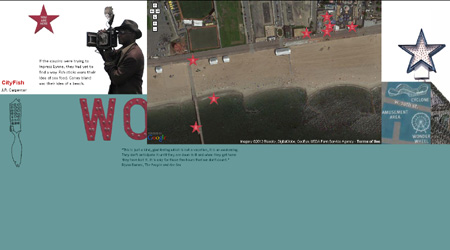
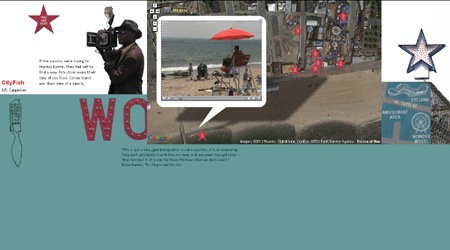

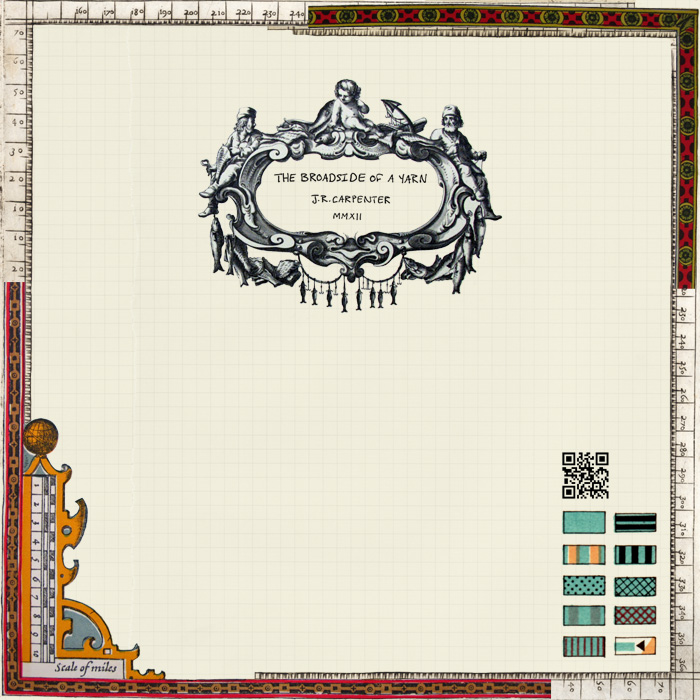
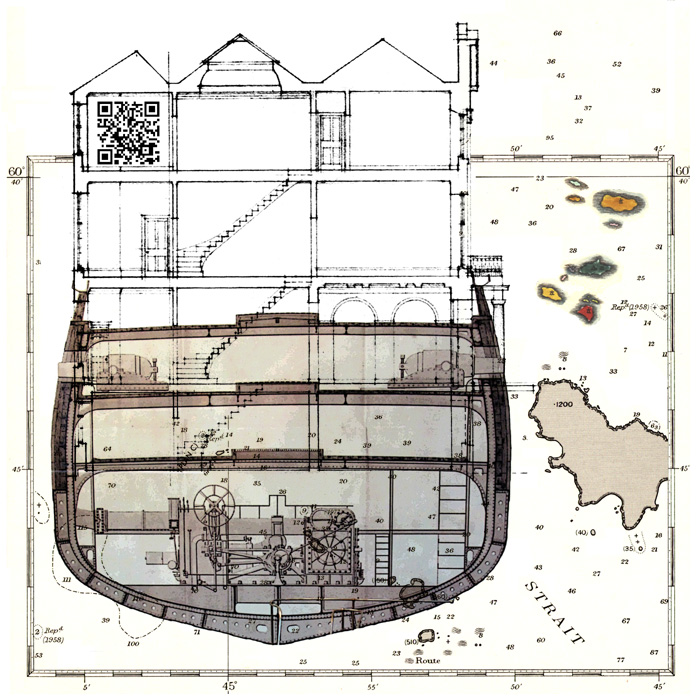
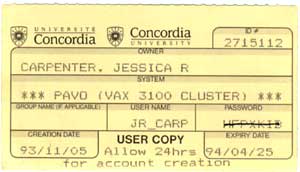
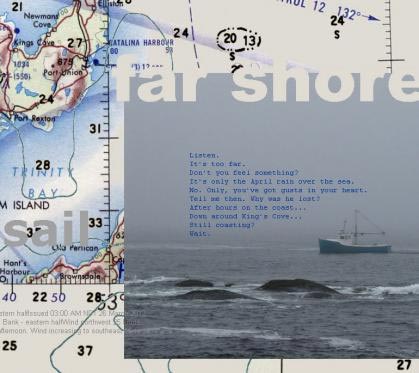
![TRANS.MISSION [A.DIALOGUE]](http://luckysoap.com/generations/images/trans_sourcedetail.gif)
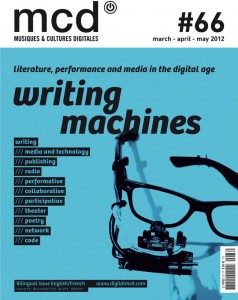 This beautiful bilingual issue #66 of the French Magazine MCD (musiques & cultures digitales) is dedicated to Writing Machines: literature, performance and media in the digital age. It was edited by Emmanuel Guez and contains articles by and/or about Annie Abrahams, Serge Bouchardon, Philippe Bootz, Laura Borràs, Peter Ciccariello, Katherine Hayles, Jorg Piringer, Alexandra Saemmer, Brian Stefans, and many many more.
This beautiful bilingual issue #66 of the French Magazine MCD (musiques & cultures digitales) is dedicated to Writing Machines: literature, performance and media in the digital age. It was edited by Emmanuel Guez and contains articles by and/or about Annie Abrahams, Serge Bouchardon, Philippe Bootz, Laura Borràs, Peter Ciccariello, Katherine Hayles, Jorg Piringer, Alexandra Saemmer, Brian Stefans, and many many more.